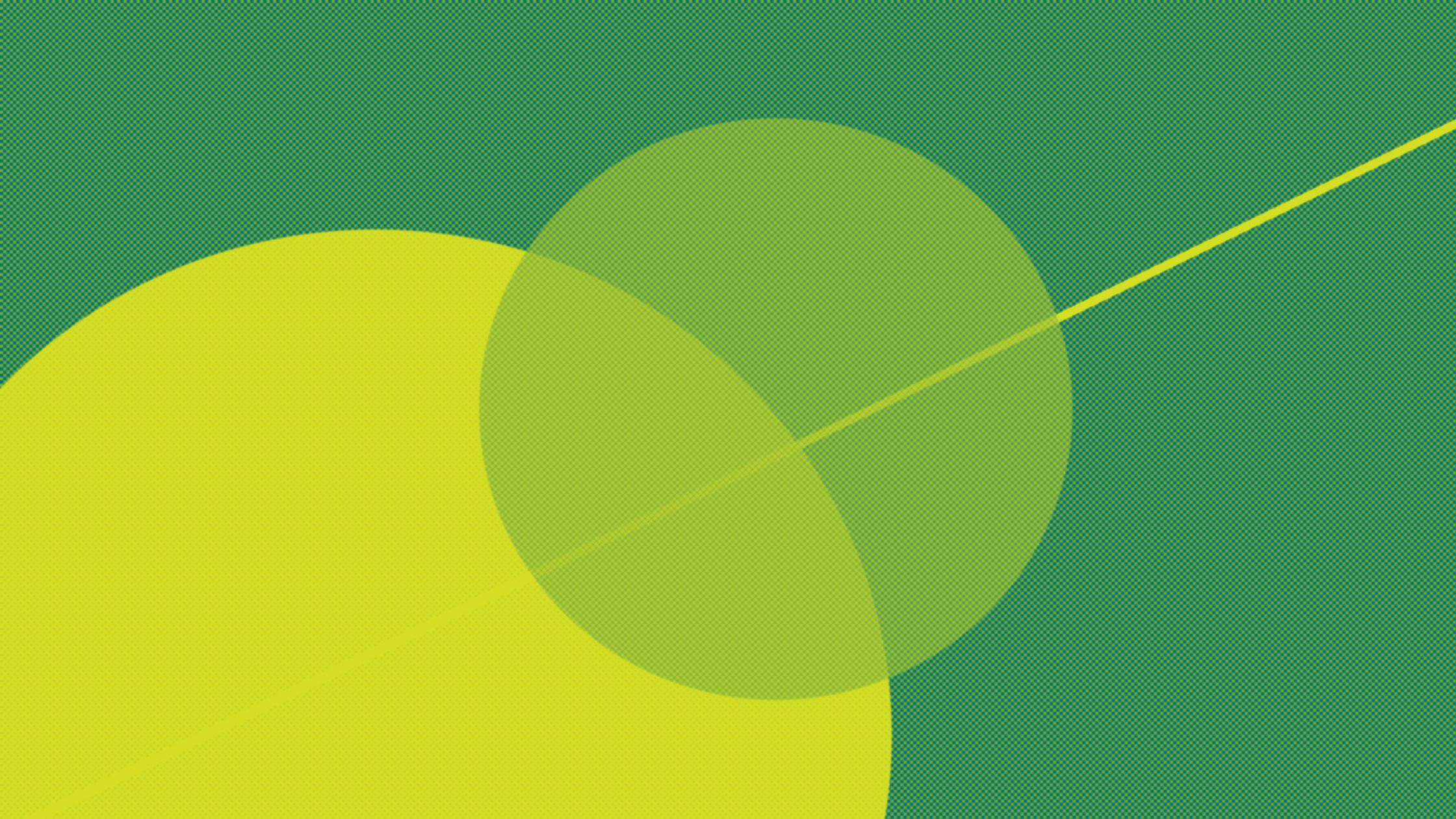The Billion Cell Construct: Will Three-Dimensional Printing Get Us There?
An essay in PLOS Biology by Jordan S. Miller
- Published: June 17, 2014
- DOI: 10.1371/journal.pbio.1001882
Introduction
In the 1960s field known as Bionics, many human tissue functions were considered analogous to basic mechanical and electrical systems, such as servomechanisms [1]. Researchers made rapid progress recapitulating components of systems found in the body, and forecasts were made as to when human–machine interfaces would become so completely integrated with our anatomy as to be essentially undetectable. This conceptual framework has proven useful in practice, with contemporary work applied to human patients through surgical implants such as knee, hip, and limb prostheses [2]; pacemakers; and cochlear and retinal devices [3]. Although these medical devices significantly improve the quality of life for patients today, there are many functions in living tissues which cannot be addressed with electromechanical systems. Shrewd utilization of our best materials simply cannot replace tissues in the body whose functions are intimately tied to their biochemistry. For example, we don’t know how to make a plastic or a metal that can metabolize acetaminophen and alcohol like the liver can.
Since cells are the major functional unit responsible for biochemistry in the body, efforts to separate cells from their native environment in vivo and apply them therapeutically in extracorporeal devices have remained steadfast. In extracorporeal liver-assist devices, live cells can be loaded into bioreactor chambers outside the body and then connected in a closed loop with host blood circulation so that the biochemical benefit from cells in the device will positively affect the patient [4],[5]. But these strategies that are external to the body, including dialysis of blood during kidney failure, lead to their own morbidities and are not suitable long-term therapies [6].
Cells loaded into extracorporeal devices or growing at the bottom of a Petri dish bear little resemblance to the exquisite anatomical complexity found in the human body. Organs like the lung, heart, brain, kidney, and liver are pervaded by incredibly elegant yet frighteningly complex vascular networks (carrying air, lymph, blood, urine, and bile), leaving us without a clear path toward physical recapitulation of these tissues in the laboratory (Figure 1). However, we don’t need to fully understand tissue organization or all of developmental biology (e.g., spatiotemporal growth factor release) before we can improve the quality of life for patients suffering from damaged or diseased organs. Transplanting whole organs from a human donor into a recipient can provide lifelong benefit when accompanied with immunosuppressive therapy[7],[8]. Moreover, isolated cells have been shown to be able to provide biochemical benefit to the host, even when injected or placed at ectopic sites inside the recipient [9]–[11].
As we look toward the future, the prospect of using a patient’s own cells to develop living models of their active biochemistry as well as functional, life-lasting cellular implants offers potentially revolutionary changes to research and healthcare. Stem cell biologists are uncovering exciting new ways to induce pluripotency [12] and direct lineage commitment [13]. But simple questions about cell number and cell types, their spatial arrangement, and local extracellular and microenvironmental considerations remain largely intractable because of difficulties in placing and culturing cells in three-dimensional (3D) space. For example, embryoid body aggregates containing thousands of cells change differentiation trajectory as a function of cell population and microenvironmental characteristics [14], while larger cell populations packed at physiologic densities rapidly die because of lack of adequate oxygen and nutrient transport.Recent advances in 3D printing, a suite of technologies originally developed for plastic and metal manufacturing, are now being adapted to operate within the soft, wet environments where cells function best. Because 3D printing excels at producing heterogeneous physical objects of high complexity, biologists and bioengineers are gaining unprecedented access to a rich landscape of tissue architecture we’ve always wanted to explore.
Read the full article in PLOS Biology:

